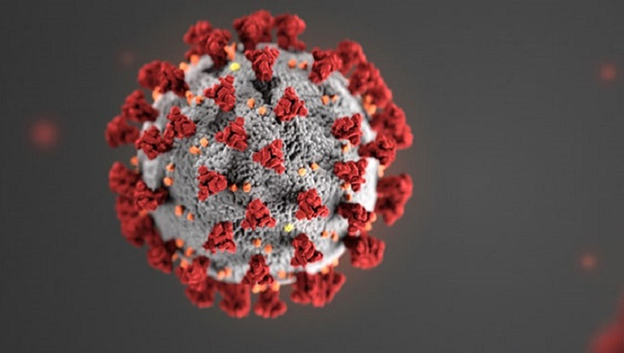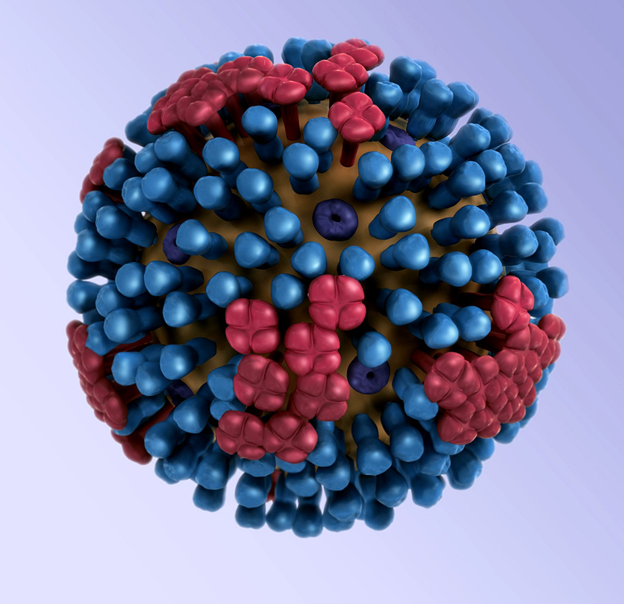As scientists race toward a vaccine for Covid-19, you may be wondering how it’s going to be possible to develop an effective vaccine for this virus when the flu shot is only partly effective and we’ve never had a vaccine for the common cold. A thread.
Are scientists just holding out on us because they enjoy seeing people sniffle their way through the winter? Absolutely not. The reason why you need a flu shot every year and we can’t even make a “cold shot” has to do with the structure of the viruses.
First, a quick word about how vaccines work. A vaccine is kind of like a bike with training wheels. Your body is given a harmless version of the virus (or a part of the virus) and your immune system then gets to practice making antibodies until it finds ones that recognize it.
Once your immune system has practiced with the “training wheels” on, it’s prepared in case it ever has to deal with the real thing. And just like riding a bike, you remember how for quite some time, but usually not forever.
So, why is this different for Covid-19, flu, and cold? That has to do with the structure of the viruses and what we mean when we talk about these diseases. Covid-19 is a disease caused by a single virus – SARS-CoV-2, which is a coronavirus.
Flu is caused by influenza viruses, which are a different kind of virus. And, there are four types of influenza – A, B, C, and D. Of these, influenza A and B are the types that lead to severe illness.
Influenza viruses can also be from different strains. Here’s the structure of influenza. The proteins on the outside are hemagglutinin (blue) and neuraminidase (red) – these are the “H” and “N” in terms like “H1N1” which was the strain that caused the pandemic in 2009.
There are many different versions of H and N that can recombine in different ways to make many different strains of flu. However, despite this, most flu is caused by influenza A strains H1N1 and H3N2, and a limited number of influenza B strains (which don’t use H/N names).
Why can’t we just make a vaccine for those few strains? That comes down to a process called mutation. The flu virus can very rapidly change the shape of the H and N proteins on its surface, which means that the antibodies you made last year might not work on this year’s version.
You may have heard about research on a universal flu vaccine that gets around these problems. That is based on the idea that while the tip of the H proteins changes rapidly, the stem portion stays more constant. However, there are still many challenges to this approach.
What about the common cold? It turns out that is even more complex. While flu is all caused by influenza viruses, colds are caused by many different types of viruses, including rhinoviruses, coronaviruses, and RSV. These all have very different shapes. And they mutate.
There is still talk of a vaccine for the common cold, but this would probably require combining up to 80-100 different viruses. Whoa. Maybe we can live with the sniffles after all.
So, what does all of this mean for the future of dealing with the Covid-19 pandemic? Developing a vaccine is still a lot of work, but at least in this case, the task at hand may be easier in some ways than for flu or cold, and the vaccine may be more effective. Let’s hope so!

 Read on Twitter
Read on Twitter




